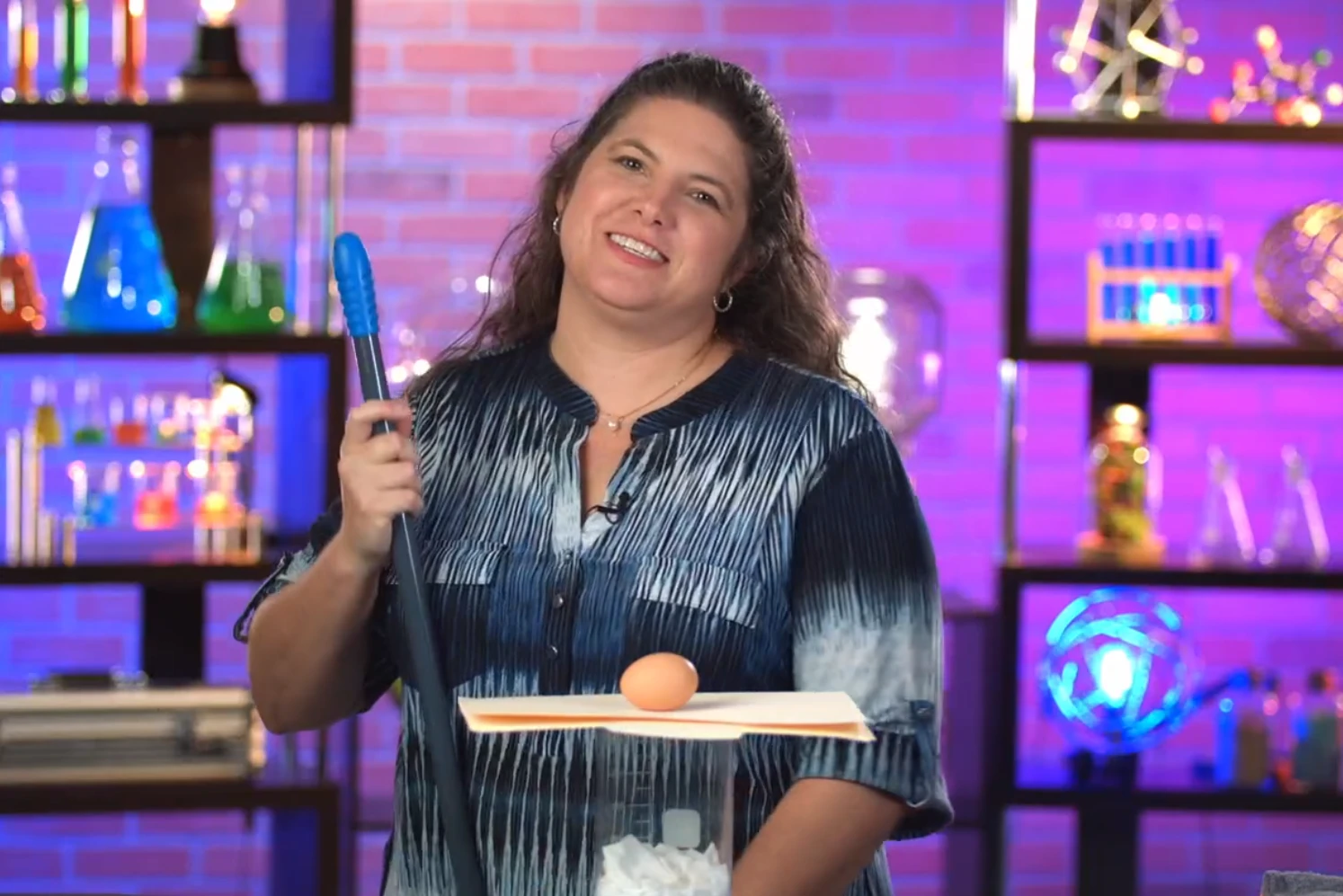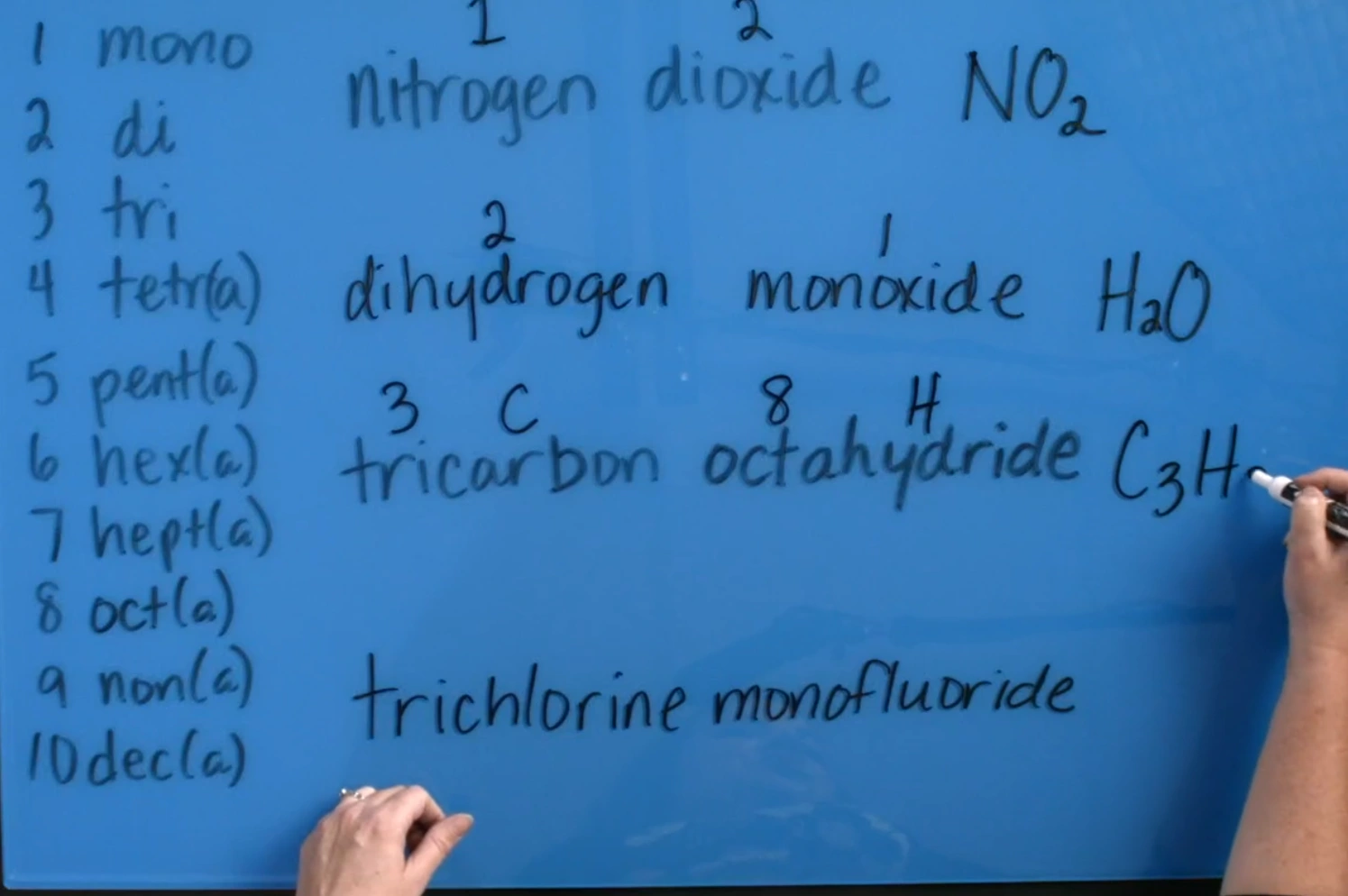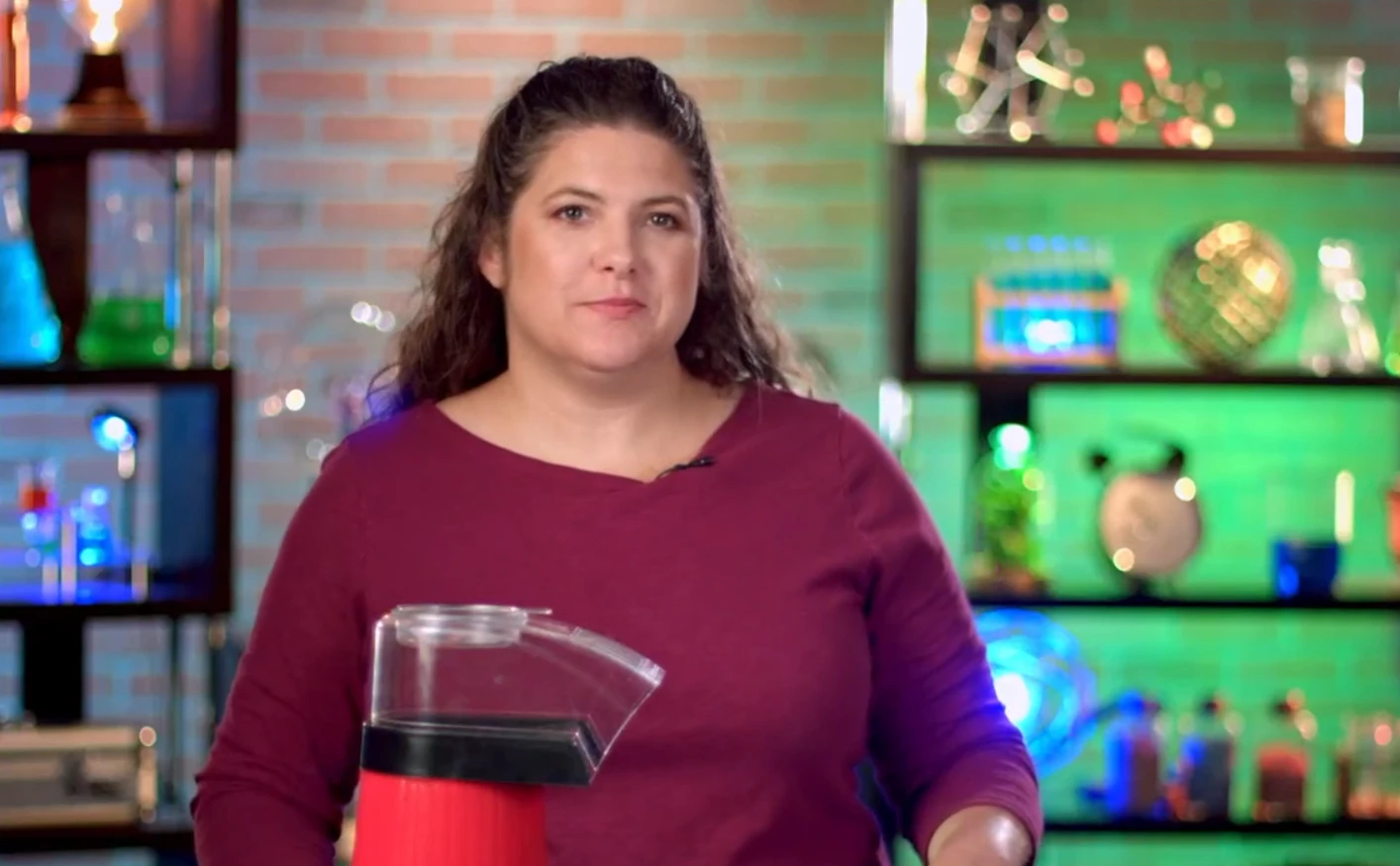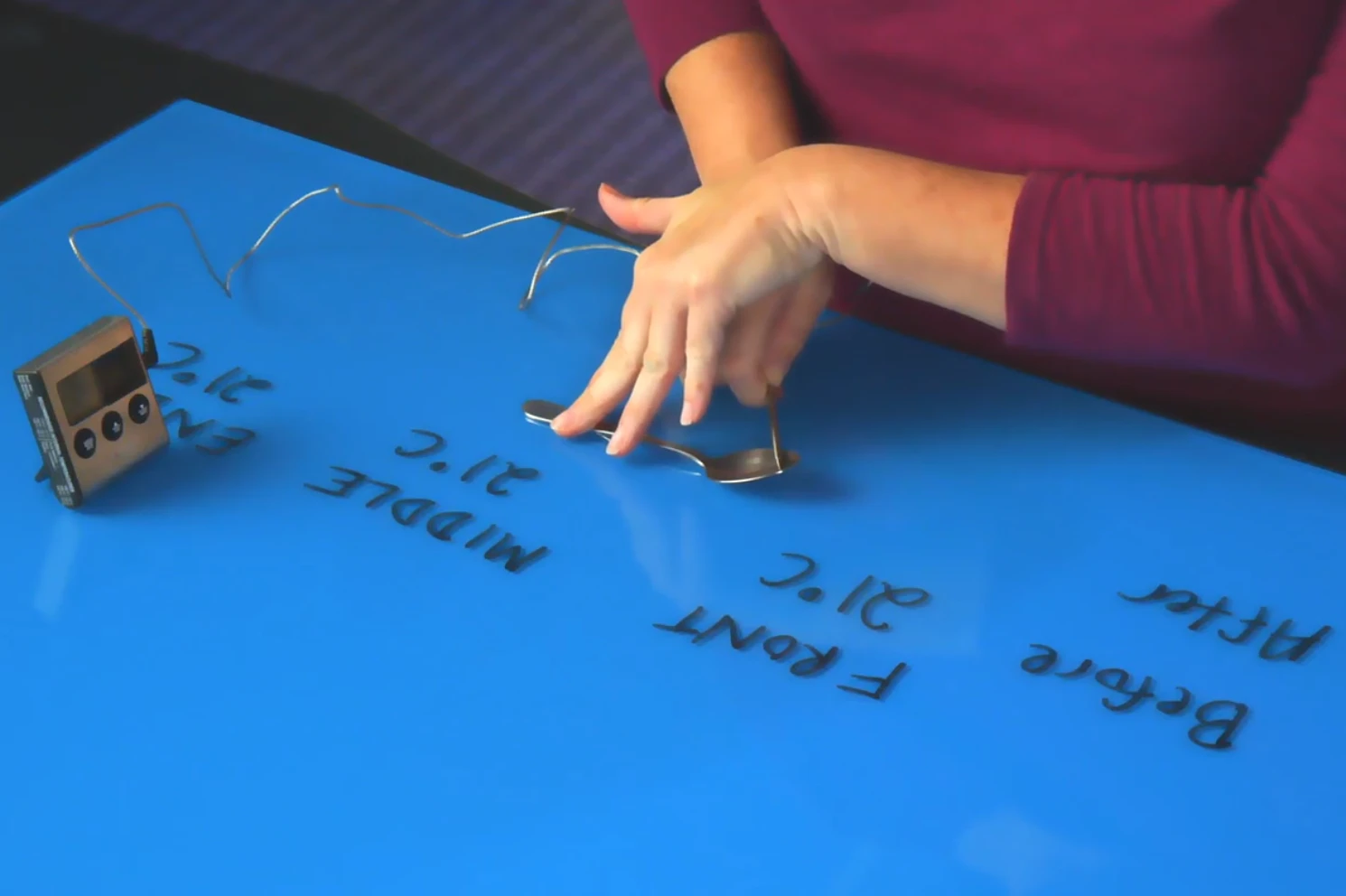Introduction to Physics and Chemistry
Assessment: Lesson Practice, Unit Exams, Mid-Term Exam, Final Exam
Language: English
Homeschool Science Curriculum
The Acellus® Introduction to Physics and Chemistry course is a full-year high school program with nineteen units that cover key concepts in physical science. Students begin with the scientific method, data analysis, and graphing, then move into motion, forces, and Newton’s laws to understand how physics applies to everyday life. They explore different forms of energy—mechanical, thermal, and electromagnetic—and study forces like waves, electricity, and magnetism, connecting them to real-world technology.
This online chemistry course also covers atomic theory, chemical bonding, and atomic structure. Students learn to balance equations, use the periodic table, and calculate molar mass—building essential chemistry skills. Later units focus on chemical reactions, reaction rates, and nuclear processes like fission and fusion. Students also explore renewable energy sources and their role in today’s world, helping them see how chemistry and physics apply to both science and daily living.
Throughout the homeschool science curriculum, students are encouraged to think like scientists and apply their knowledge to real-world problems. By the end, they’re prepared for more advanced STEM courses and have a solid understanding of the science behind how the world works.
Video Based Lessons
These video based lesson are accessible and can be rewatched, making them a flexible learning option.
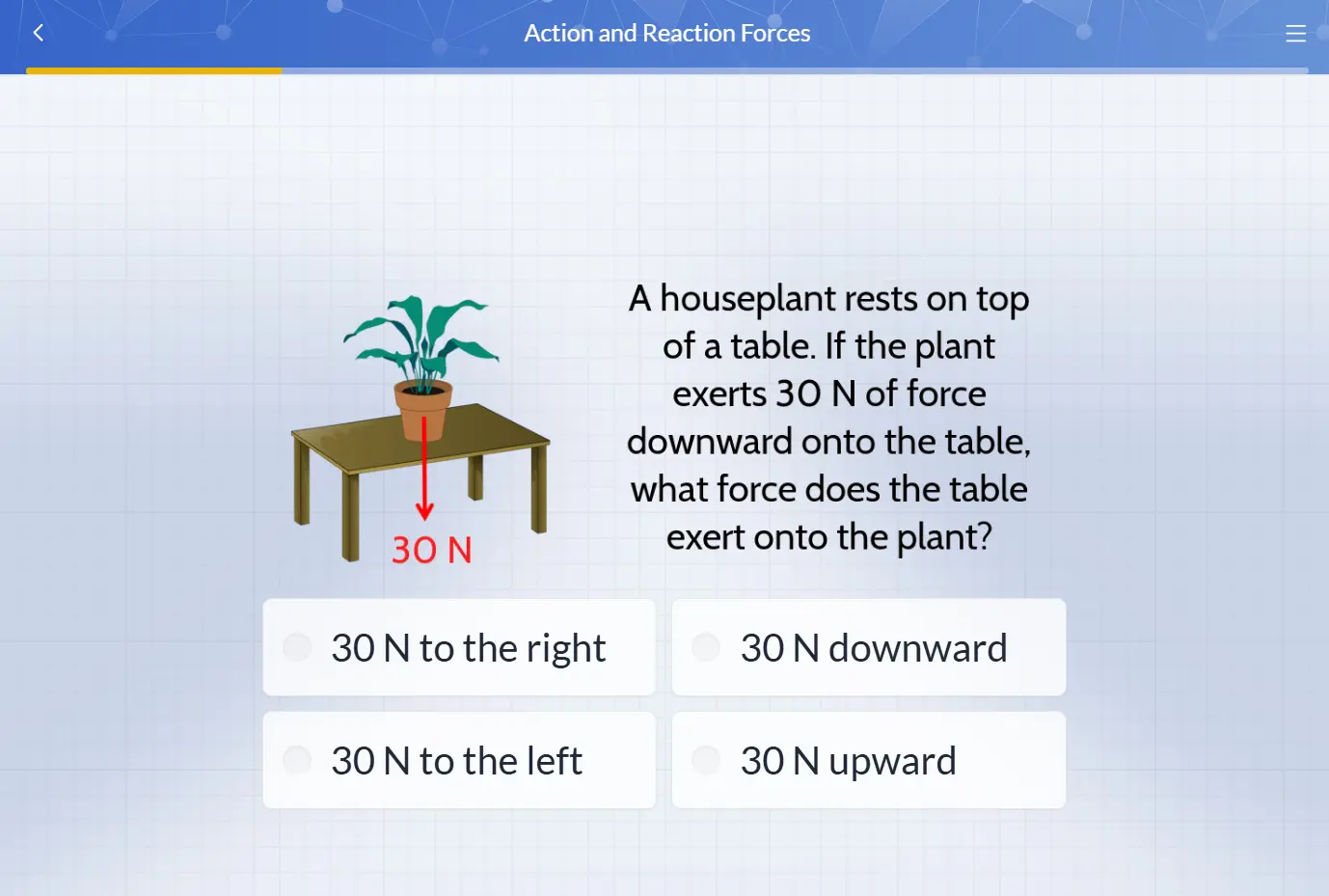
Interactive Practice Questions
The interactive practice problems offer an engaging and effective way to learn, helping students deepen their knowledge and develop essential academic skills.
Online Homeschool Science
By the end of our Introduction to Physics and Chemistry course, students will not have simply memorized facts—they will understand how physics and chemistry affect our everyday lives. They will be able to explain how motion works, identify different forms of energy and their transformations, and understand the essentials of forces, waves, electricity, and magnetism. On the chemistry side, students will have learned about the structure of matter, including atoms, elements, and chemical bonds. They will be able to interpret basic chemical reactions and recognize their relevance in daily life. This course is designed not only to teach students about physics and chemistry, but also to give them scientific literacy and problem-solving skills that will serve them throughout their lives. More importantly, it encourages curiosity and shows how science is deeply woven into our everyday experiences.

